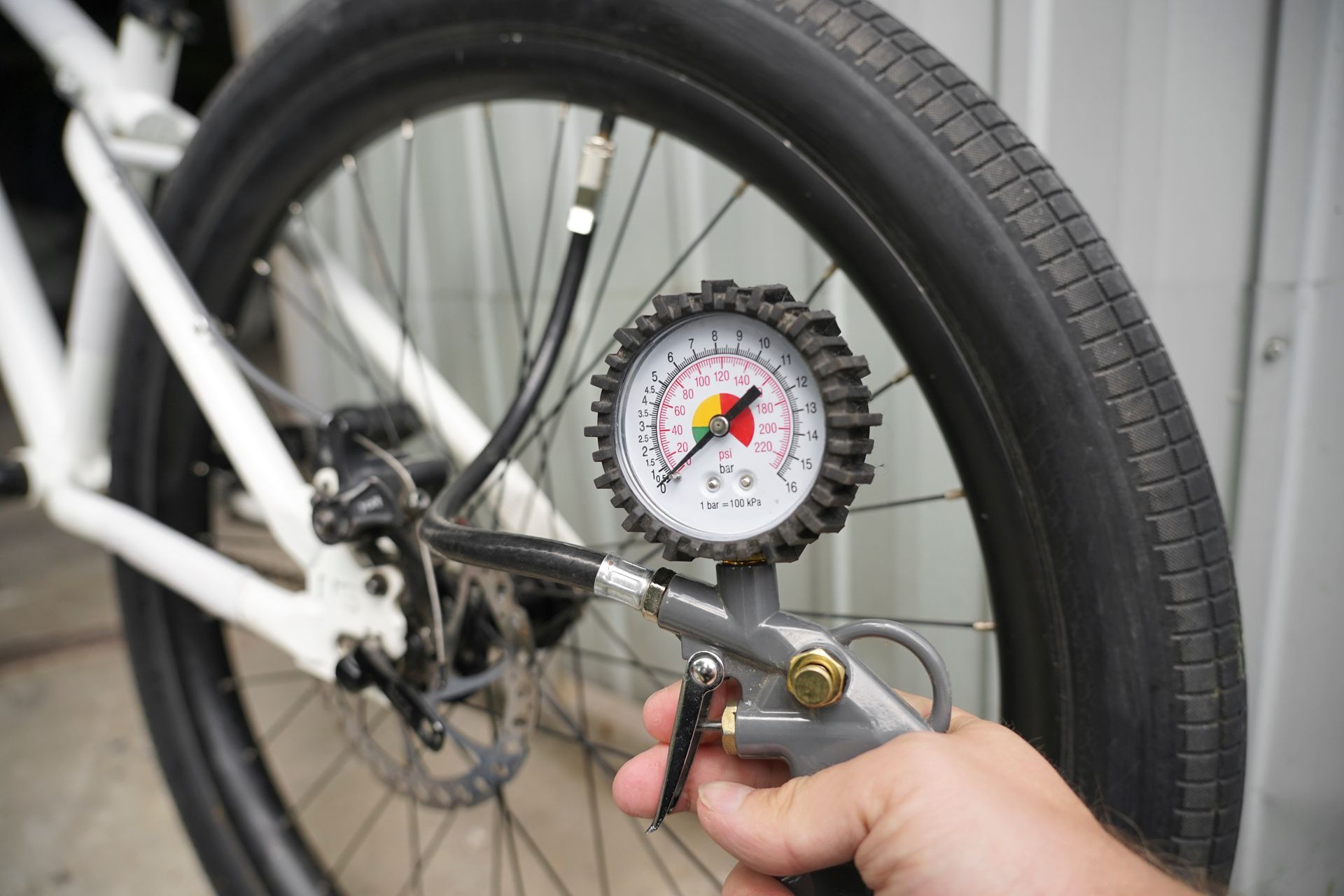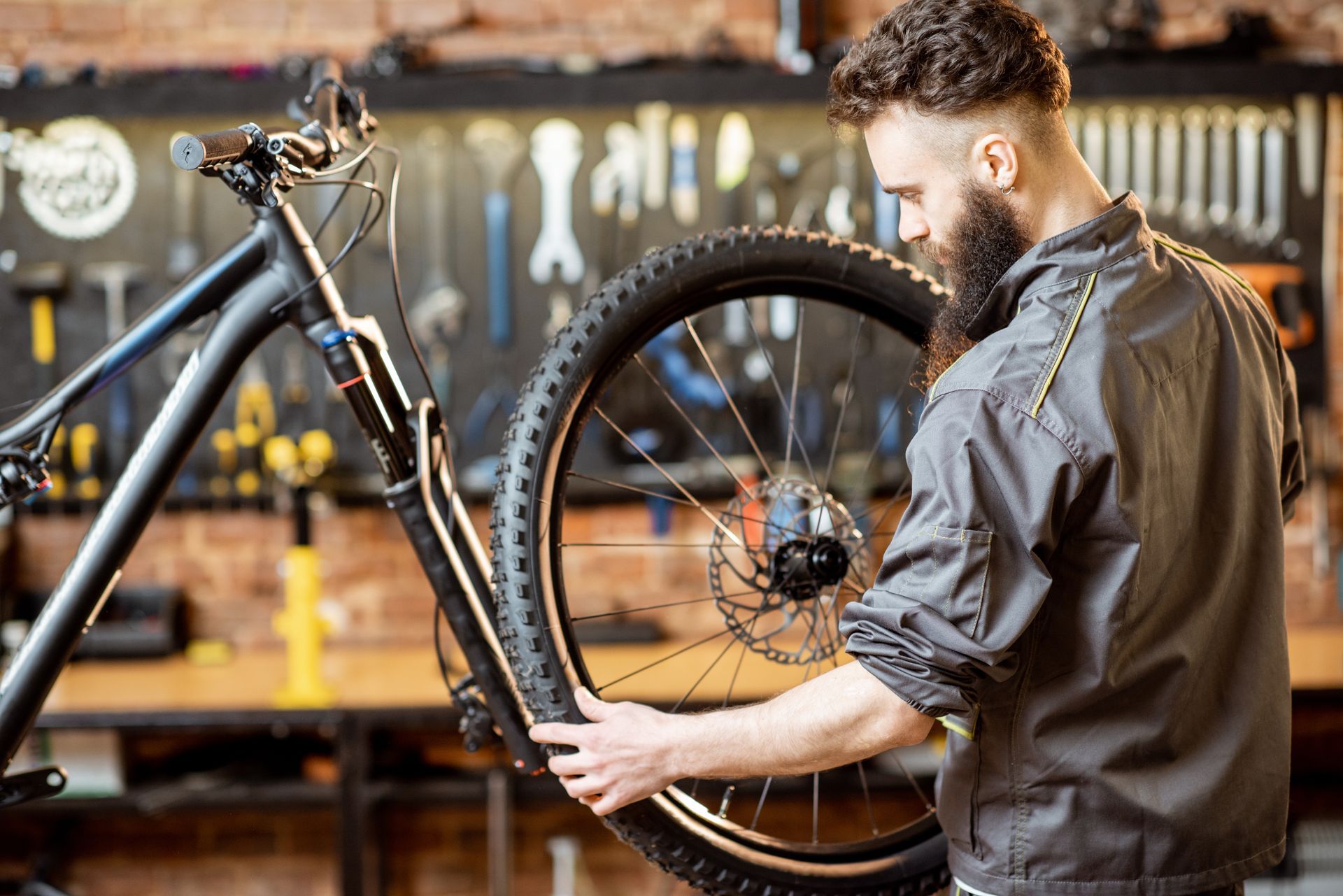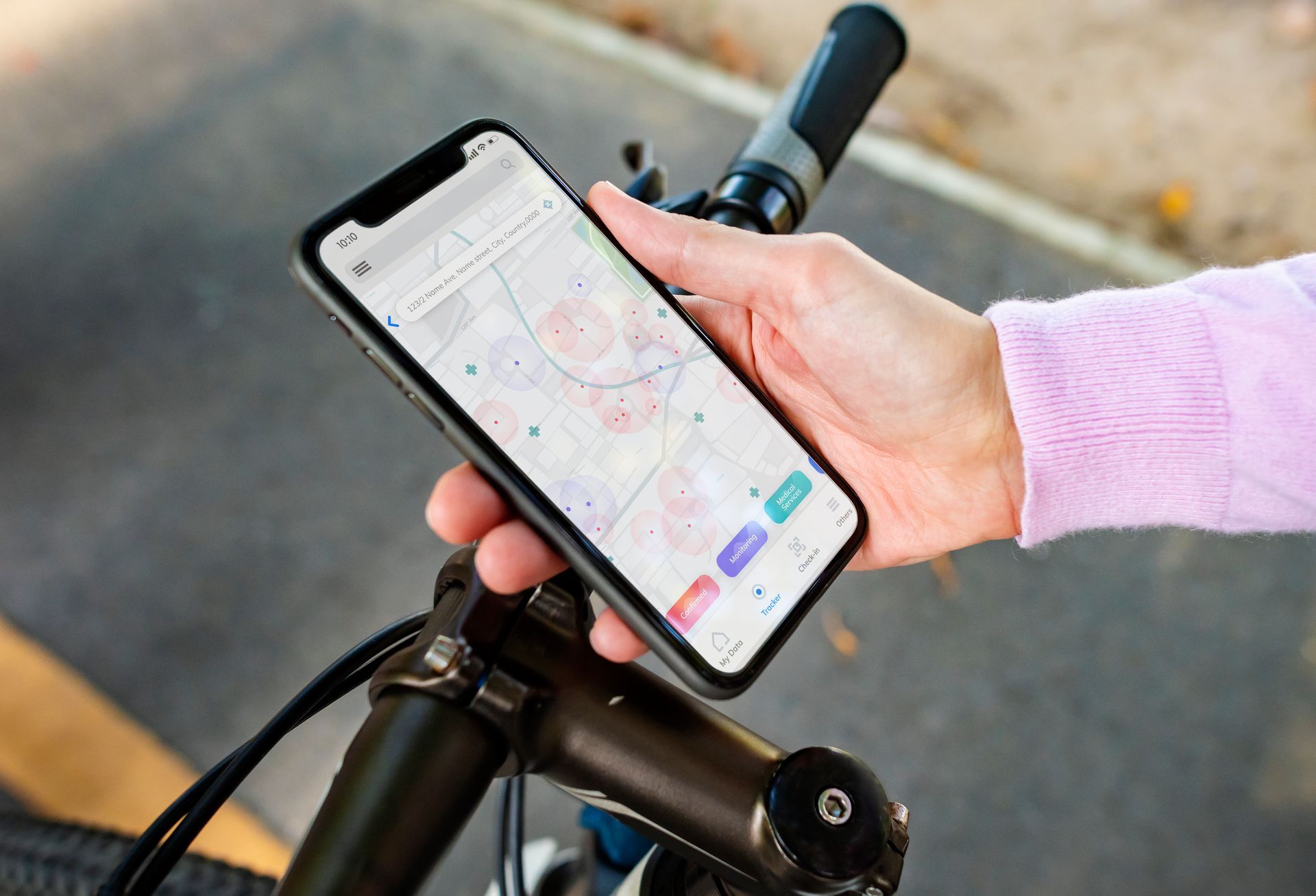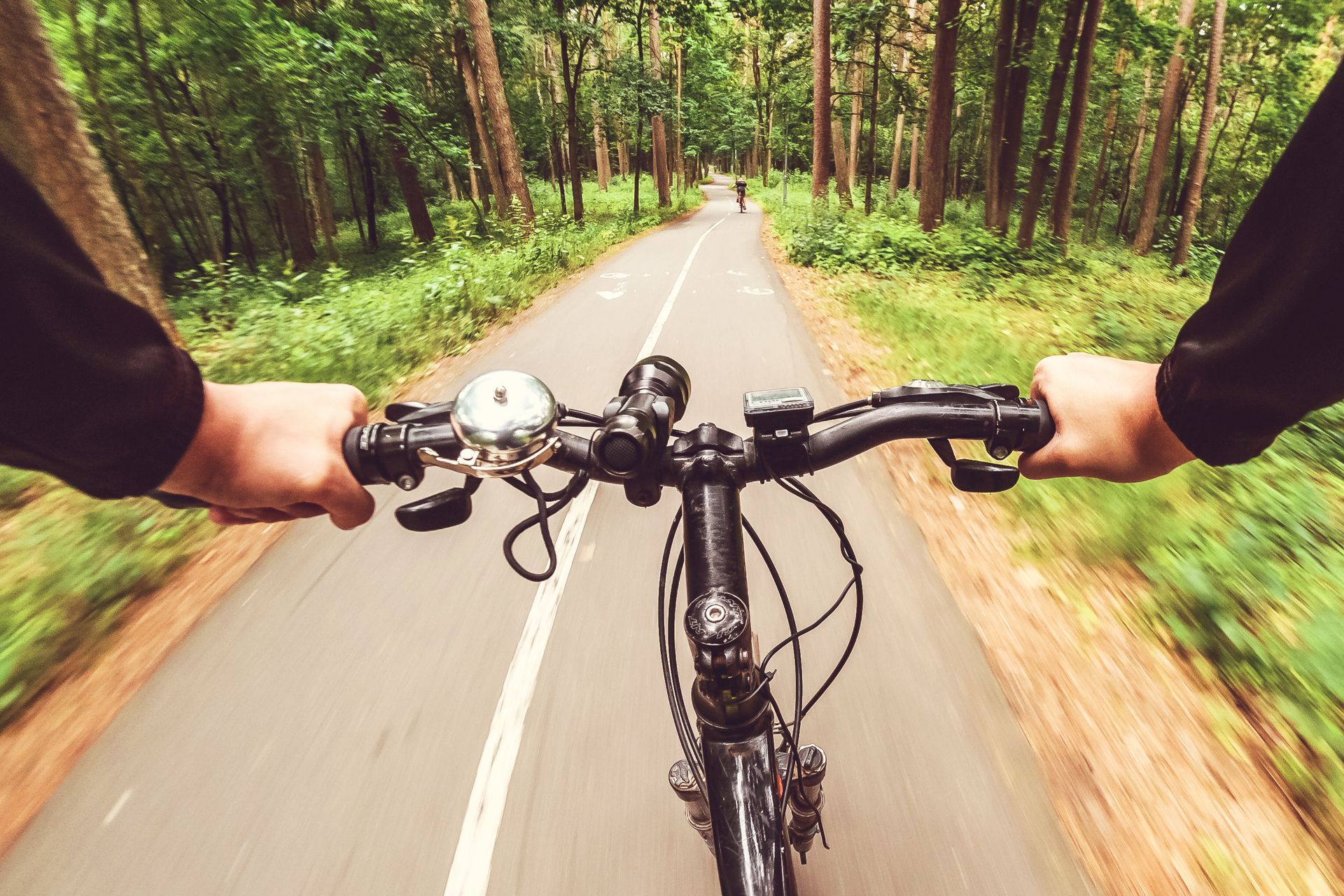How to Ensure Safety and Prevent Bicycle Accidents
Smart Cycling: How to Stay Safe on the Road

Riding a bicycle is a fun and eco-friendly way to get around, but it also comes with its own set of risks. Whether you're commuting, exercising, or simply enjoying a leisurely ride, the threat of a bicycle accident is always present. Understanding how to prevent accidents and ensure your safety is key to enjoying your ride with confidence. In this blog, we’ll explore essential safety tips and preventative measures to help keep you safe while cycling.
1. Wear the Right Protective Gear
Helmet Safety:
Wearing a helmet is the most important step you can take to protect yourself while cycling. A helmet can significantly reduce the risk of head injuries in the event of a fall or crash. Make sure your helmet is properly fitted and meets safety standards. Always wear your helmet, no matter how short the ride might be, or how familiar the route is.
Protective Clothing:
In addition to a helmet, consider wearing protective clothing, such as padded shorts or gloves, to reduce the impact of falls. High-visibility clothing, especially in low-light conditions, can help increase your visibility to other road users.
Eye Protection:
Wearing protective eyewear, like sunglasses or clear lenses, can help shield your eyes from dust, wind, and debris. It also improves your ability to see clearly, especially in bright or low-light conditions.
2. Check Your Bicycle Before Every Ride
Regular Maintenance: Before heading out on your bike, make sure it’s in good condition. Perform a quick check on the following:
- Brakes: Ensure they are working properly. Test the front and rear brakes before each ride.
- Tires: Check tire pressure and inspect for any cuts or punctures that could lead to a blowout.
- Chain: Ensure the chain is lubricated and doesn’t slip while pedaling.
- Lights and Reflectors: Especially if you’re riding at night, ensure your bike has front and rear lights and reflectors to make you visible to others on the road.
Proper maintenance of your bike reduces the risk of mechanical failure that could cause an accident.
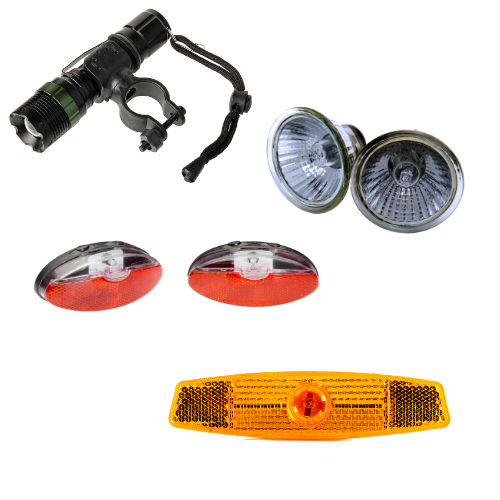
3. Follow Traffic Laws and Be Predictable
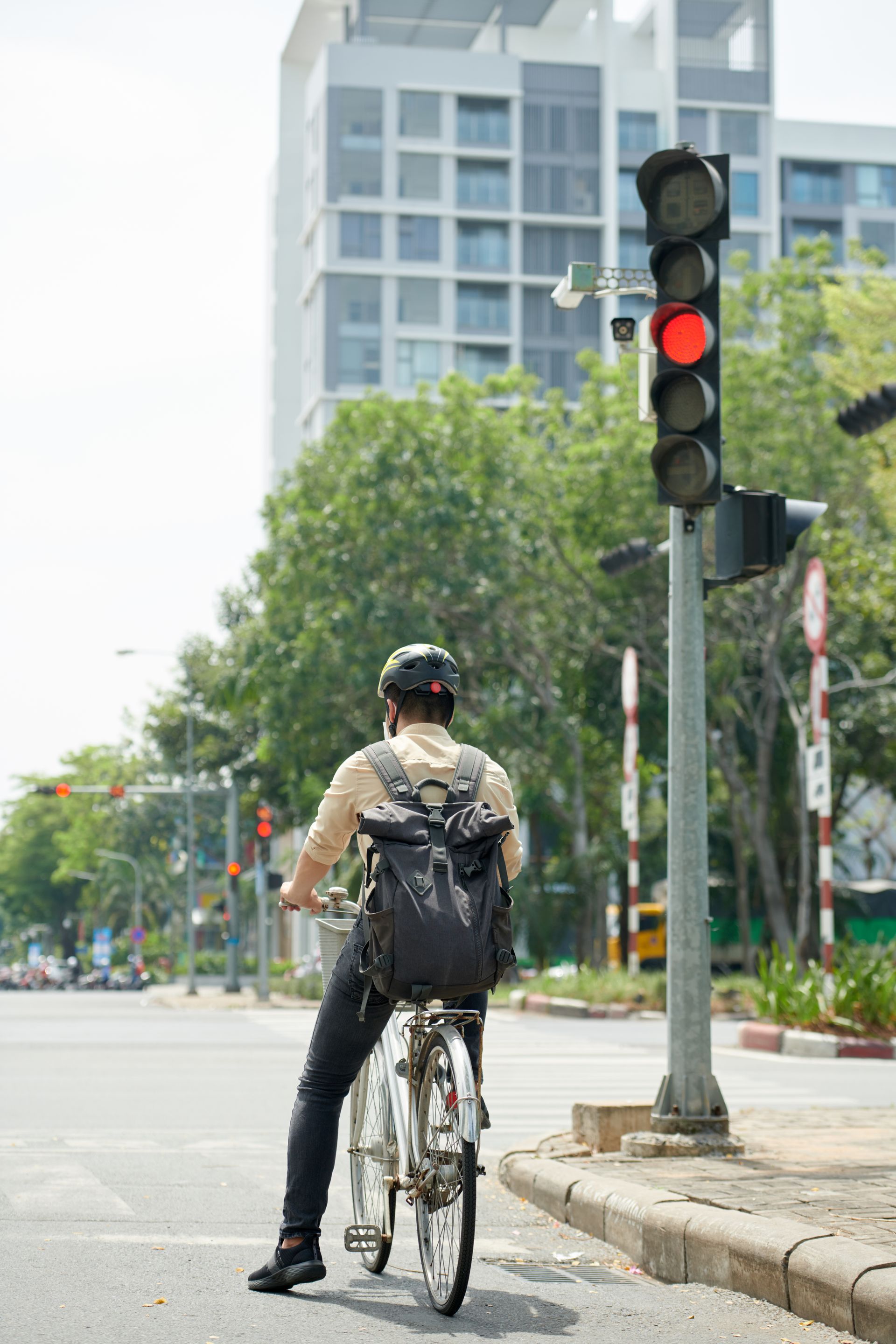
Obey Traffic Signals and Signs:
Cyclists should always follow the same traffic rules as motor vehicles. This includes stopping at red lights, yielding when necessary, and using hand signals when turning. Following traffic laws helps prevent accidents and ensures that other road users know what to expect from you.
Ride in the Same Direction as Traffic:
Always ride in the same direction as traffic, not against it. Riding against traffic can increase your risk of a collision, as drivers may not expect you to be coming from that direction.
Stay Visible and Predictable:
Ride predictably by staying in your lane and not weaving between vehicles. Make sure other drivers can see you—wear bright clothing and use bike lights, especially at night. Signal your turns and lane changes to alert others on the road of your intentions.
4. Choose Safe Routes and Be Aware of Your Surroundings
5. Use Proper Cycling Techniques
6. Use Bike Lanes and Avoid Riding on Sidewalks
7. Be Mindful of Weather Conditions
Bicycle accidents can often be avoided with proper safety measures and preparation. By wearing the right gear, maintaining your bike, following traffic laws, and staying alert, you can reduce your risk of an accident and enjoy your ride safely. Always be mindful of your surroundings, and take the necessary precautions to protect yourself on the road. Cycling is a wonderful way to stay active and enjoy the outdoors, but safety should always come first.
Have you had a bicycle accident or need more safety tips?
Contact us today for advice or assistance with any questions you may have about cycling safety or injury claims.


